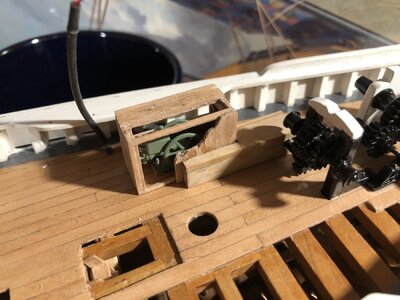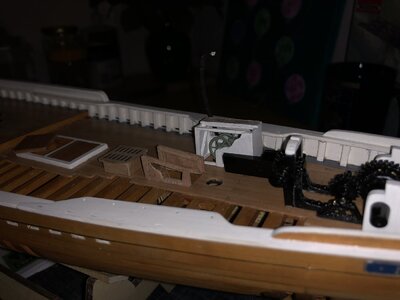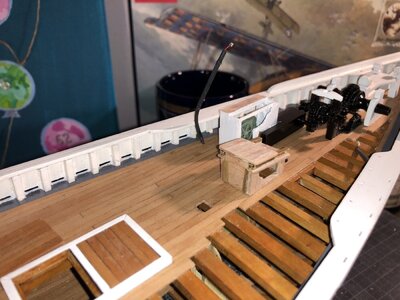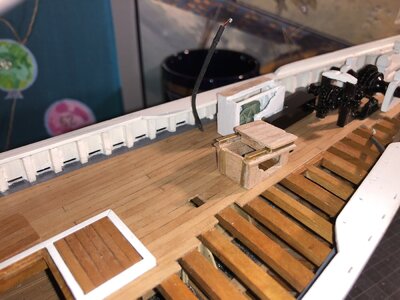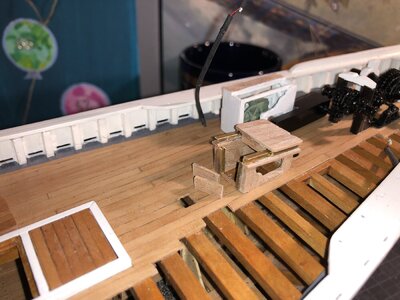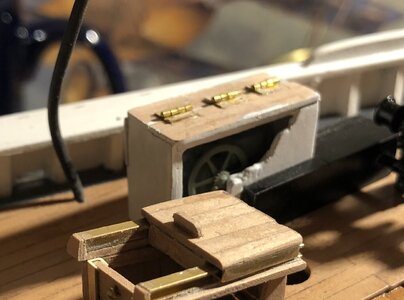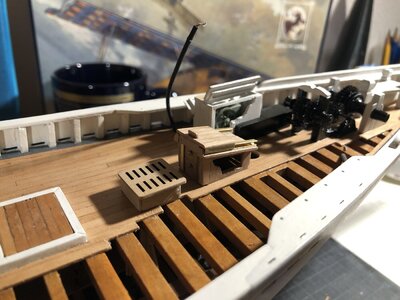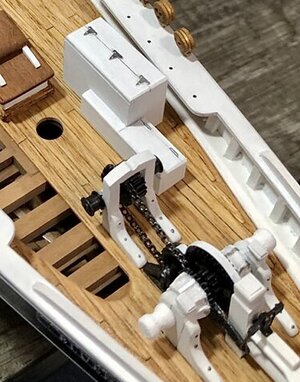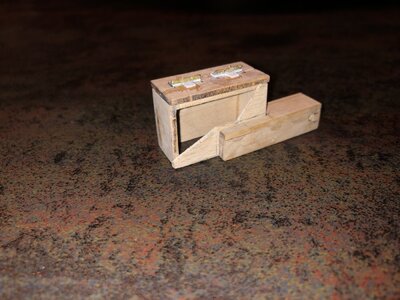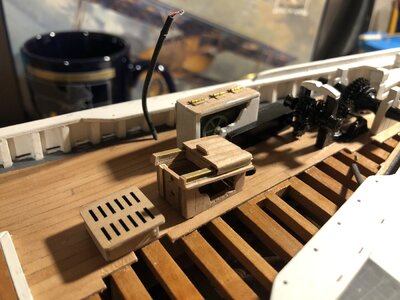Well, Johan.Having slept over it for a night, I decided I wasn't happy with the engine casing...
Since the weather went south this afternoon, I had ample time to redo the engine box.
In the left hand top corner in the picture below my first try. Right center is the fruit of my labor this afternoon. A lot more pleasing to the eye, plus I added a removable port side access panel. Both top- and side access covers (lower side of the picture below) still need to be equipped with hinges, but this is where I've gotten stuck. I tried to minimize the size of the hinges, while simultaneously get the hinge line as close as I can to the top surface of the access covers. Where I initially was successful, today my efforts went straight into the dustbin. (One of my jars is filling up pretty nicely today.)
My next step will be to try whether or not soldering the hinges is a feasible option. To be continued.
View attachment 338926
At first: you owned a redo-coint!
Second: you keep raising the bar for yourself. Streven naar Beter. Something good will come out there. Your soldering skills becomes also better.
Regards, Peter




